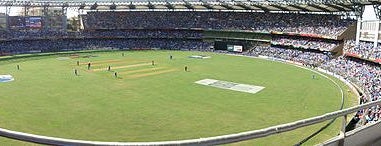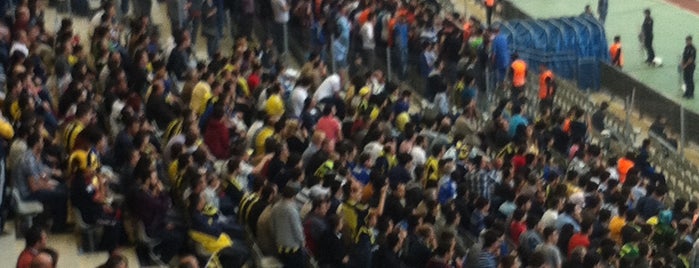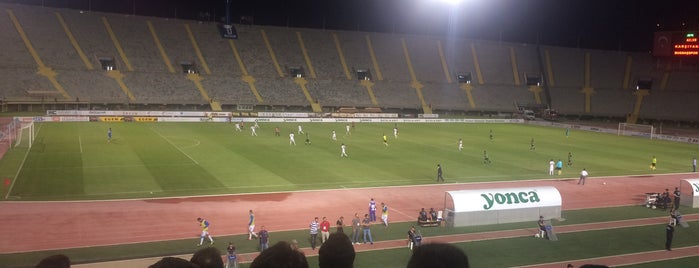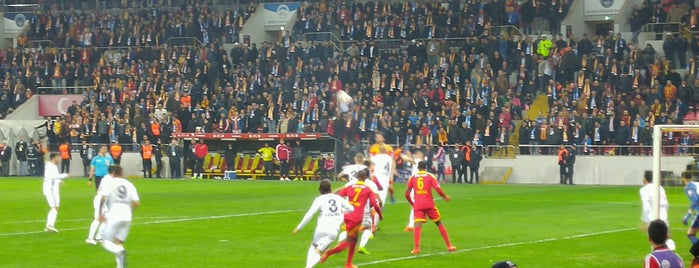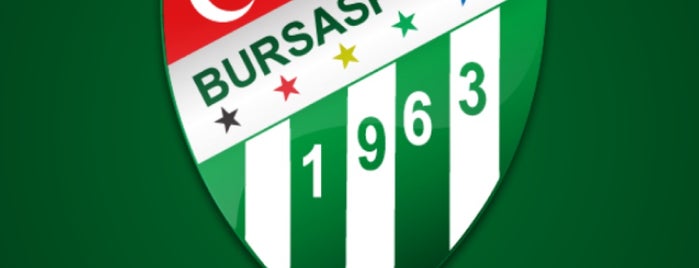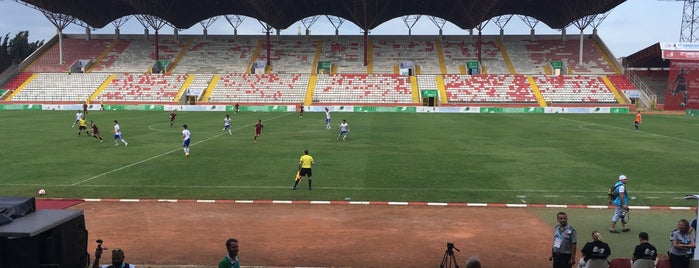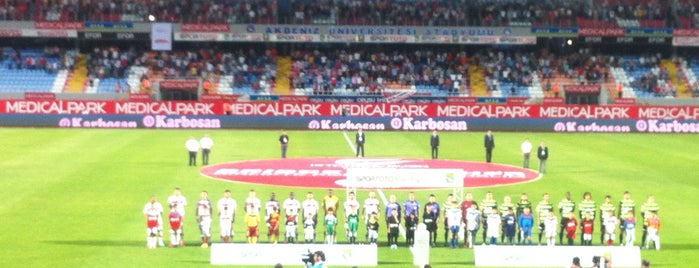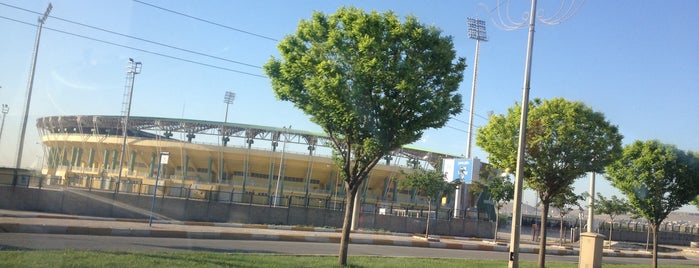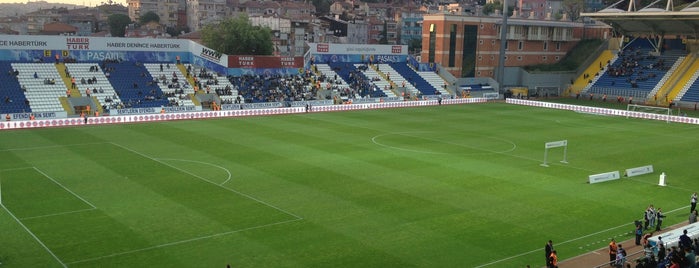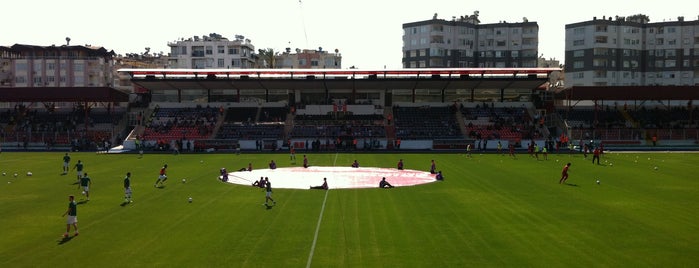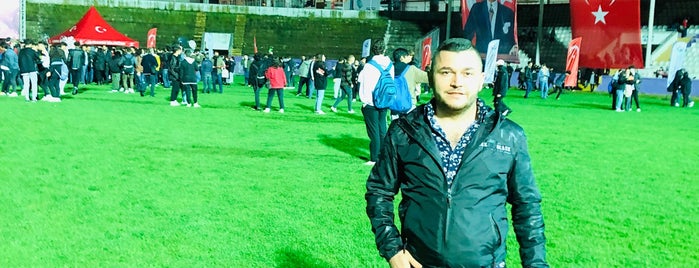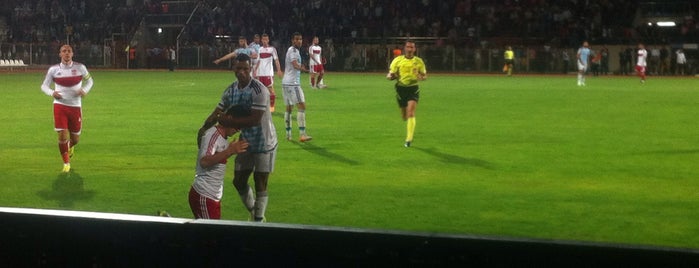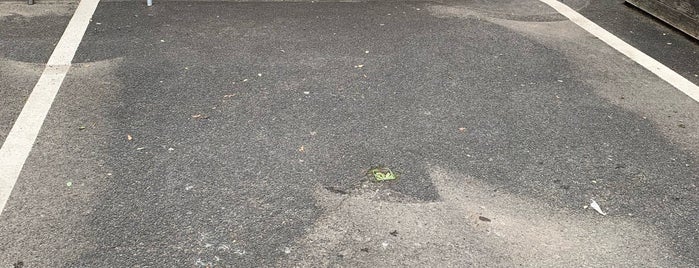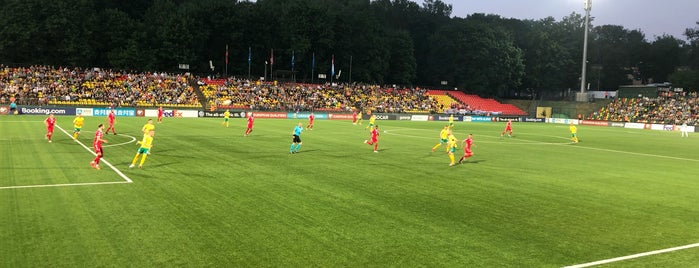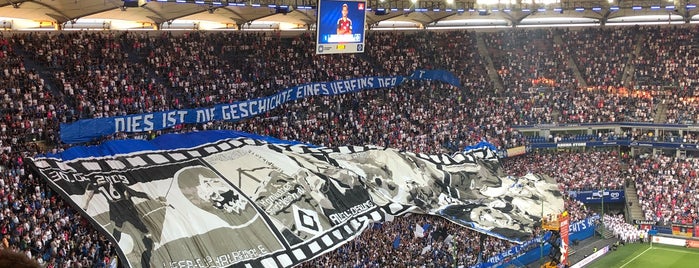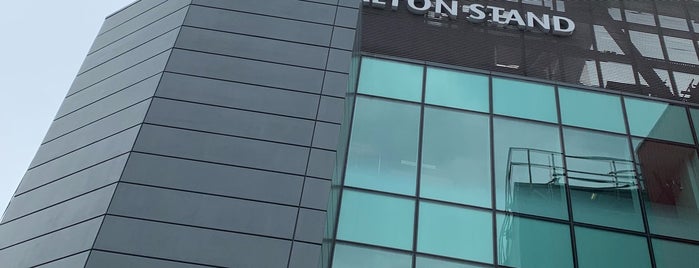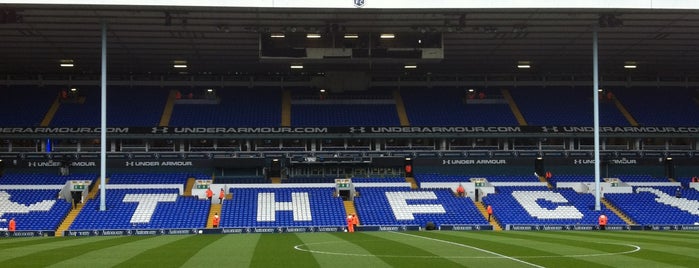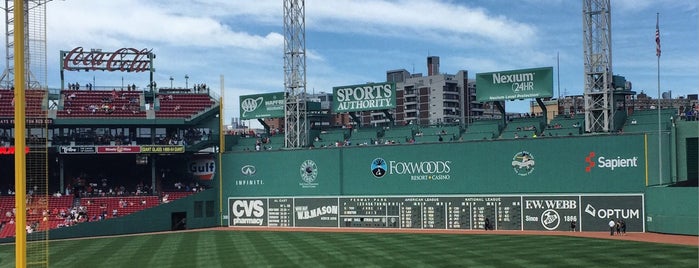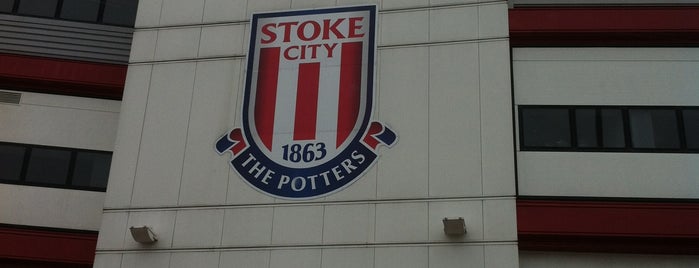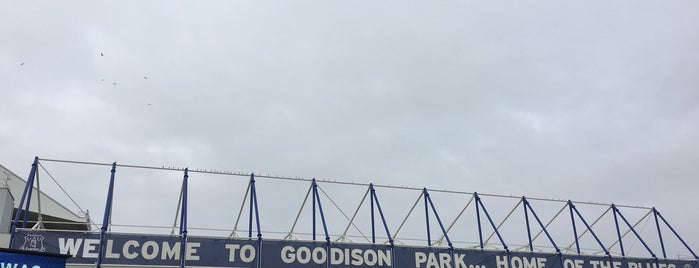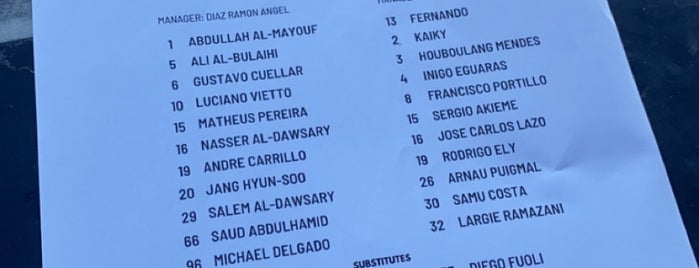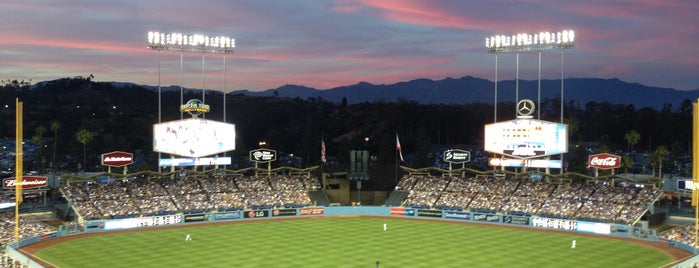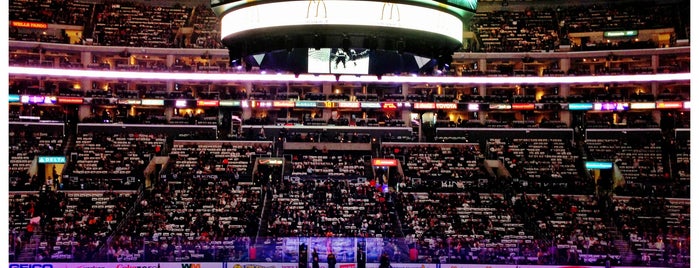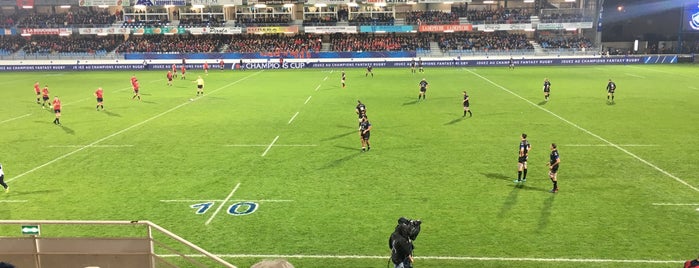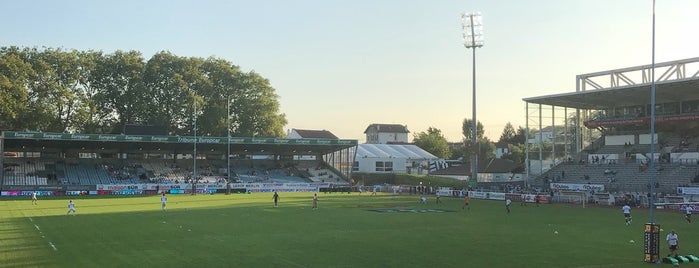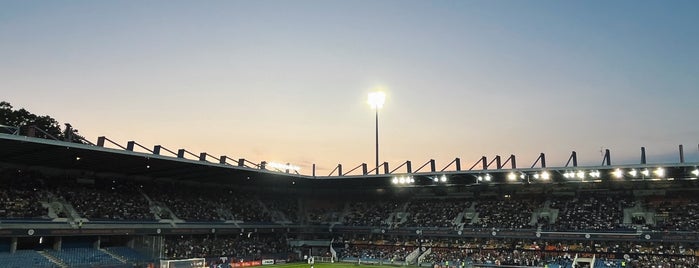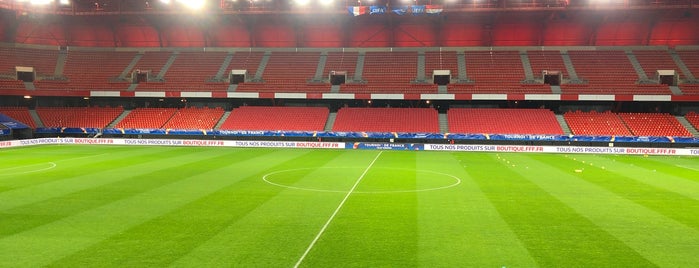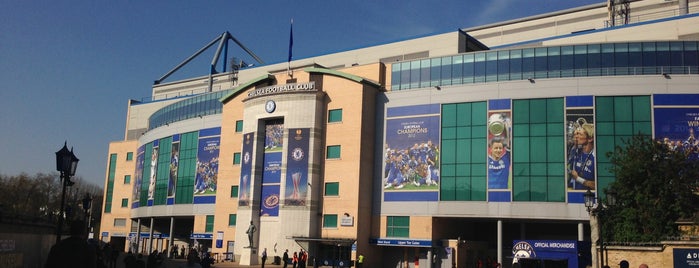![]() The foundations in this area of parkland, on the outskirts of the city were laid in Feb 2009. The opening ceremony on 29 Oct 2011 featured 2,000 performers in a production dedicated to Lviv's history. Read more.
The foundations in this area of parkland, on the outskirts of the city were laid in Feb 2009. The opening ceremony on 29 Oct 2011 featured 2,000 performers in a production dedicated to Lviv's history. Read more.
![]() The stadium was first built on the site of the Holy Spirit cemetery and had many names including Dzerzhynets (after the Bolshevik secret police's first director) before adopting its current moniker. Read more.
The stadium was first built on the site of the Holy Spirit cemetery and had many names including Dzerzhynets (after the Bolshevik secret police's first director) before adopting its current moniker. Read more.
![]() The Olympic Stadium began as the Red Stadium of Lev Trotsky while the latest reconstruction, saw the rebuilding of the lower tier, a new West Stand and a new transparent roof. Read more.
The Olympic Stadium began as the Red Stadium of Lev Trotsky while the latest reconstruction, saw the rebuilding of the lower tier, a new West Stand and a new transparent roof. Read more.
![]() The National Stadium’s red-and-white facade resembles a waving Polish flag. The ground is on the site of the old Tenth Anniversary Stadium which since 1989 had been home to a bazaar. Read more.
The National Stadium’s red-and-white facade resembles a waving Polish flag. The ground is on the site of the old Tenth Anniversary Stadium which since 1989 had been home to a bazaar. Read more.
![]() Constructed by the Sleza river and connected to the city centre by trams, the ground's shape resembles a Chinese lantern. It is part of a complex which includes a museum of local favourites Śląsk. Read more.
Constructed by the Sleza river and connected to the city centre by trams, the ground's shape resembles a Chinese lantern. It is part of a complex which includes a museum of local favourites Śląsk. Read more.
![]() The Municipal Stadium was opened on 20 September 2010 with a concert by British rock star Sting. It hosted its first senior international on 17 November 2010 when Poland beat the Ivory Coast 3-1. Read more.
The Municipal Stadium was opened on 20 September 2010 with a concert by British rock star Sting. It hosted its first senior international on 17 November 2010 when Poland beat the Ivory Coast 3-1. Read more.
![]() Located in Gdansk's Letnica neighbourhood, the Arena Gdansk is situated in the middle of a triangle formed by the Old Town, the famous shipyards and the airport. Read more.
Located in Gdansk's Letnica neighbourhood, the Arena Gdansk is situated in the middle of a triangle formed by the Old Town, the famous shipyards and the airport. Read more.
![]() Lo Stadio "Armando Picchi" ospita le partite casalinghe del Livorno Calcio. Dal 1990 l'impianto è intitolato all'indimenticato campione livornese Armando Picchi prematuramente scomparso nel 1971. Read more.
Lo Stadio "Armando Picchi" ospita le partite casalinghe del Livorno Calcio. Dal 1990 l'impianto è intitolato all'indimenticato campione livornese Armando Picchi prematuramente scomparso nel 1971. Read more.
![]() Ospita le partite casalinghe del Parma F.C. e si trova in pieno centro. È uno degli stadi italiani più antichi ancora in uso, dopo il Luigi Ferraris (Genova, 1911) e l'Arena Garibaldi (Pisa, 1919)! Read more.
Ospita le partite casalinghe del Parma F.C. e si trova in pieno centro. È uno degli stadi italiani più antichi ancora in uso, dopo il Luigi Ferraris (Genova, 1911) e l'Arena Garibaldi (Pisa, 1919)! Read more.
